Rather than focusing on micro-trends (Is ashwaganda the next kale? Will purple tea be a hit?), we’ve highlighted some broader trends to watch as we head into the New Year.
1. CELLULAR AGRICULTURE
From cell-cultured meat and fish, to animal-free dairy proteins and gelatin, cellular agriculture has the potential to completely transform the food supply, but the big unknown is whether brands at the vanguard of this movement can persuade consumers that this is simply a modern spin on an ancient practice that makes for greener, cleaner, and kinder sources of protein, or whether this is a bad science experiment that is taking the food industry in completely the wrong direction.
While some commentators have tried to frame this issue as a pitched battle between plant-based, animal-based, and cellular agriculture, investors have proved more agnostic, while the world’s biggest meat companies have invested in both plant-based and cultured meat businesses, so perhaps the most likely scenario is that all of these approaches will likely co-exist in future (plant-based burger on Thursday, a grass-fed organic steak on Friday and a cell cultured chicken nugget on Saturday?).
As with any new technology, much will depend on who is able to drive the narrative (is this about animal welfare, food safety, sustainability, and health or Frankenfoods?) and the terminology (‘clean meat’ vs ‘lab-grown meat’). Watch this space!
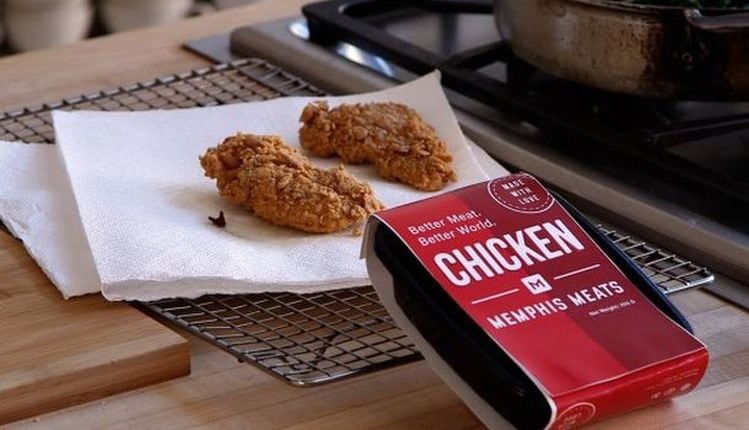
2. PLANT-BASED INNOVATION
Growing interest in plant-based foods and cultured meat stems from the same desire to find an alternative to industrialized meat production, which critics claim is bad for the environment and cruel to animals, and we can expect more investment and innovation in plant-based meat and dairy alternatives in 2018.
However, as the founders of Sweet Earth Natural Foods (just acquired by Nestlé), Field Roast (just acquired by Maple Leaf Foods), and Purple Carrot point out, you don’t have to eat meat analogs washed down with nut-milk every night to enjoy a plant-based diet, and there are plenty of opportunities to create fabulous plant-based dishes that don’t try and imitate meat or dairy at all (chickpea curry or a nut roast, anyone?).
As to what to look out for in 2018, keep your eye on chickpeas and chickpea proteins, peanut milk (hitting stores in January) and the extent to which plant-based brands such as Impossible Foods and Beyond Meat can capture a meaningful slice of the meat market.
While the debate over labeling conventions for plant-based ‘milk,’ ‘yogurt’ and ‘cheese’ ratcheted up in 2017, the FDA has made it clear that it has no plans to wade into this particular minefield anytime soon, so it’s unclear how this will play out in 2018.
While many judges have not been persuaded by the dairy lobby’s arguments on this issue, it remains top of mind for the NMPF, so don’t expect it to give up without a fight. That said, with more dairy companies investing in plant-based brands, the battle lines on this issue may become a little blurry.
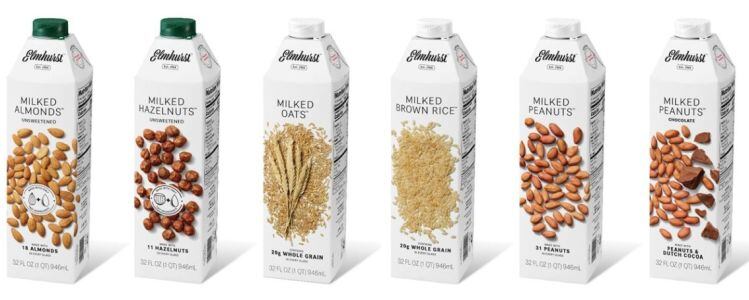
3. GMO LABELING (AND NON-GMO CLAIMS)
In July 2017, USDA told us it would publish a draft of its proposed federal GMO labeling rule in the fall of 2017 (which will be subject to public comment) and said it was “working hard to meet the schedule in order to issue a final rule on the law in July 2018.”
However, it has yet to publish a draft rule, which raises questions over whether it will meet its July 2018 deadline.
Right now, significant questions remain, such as precisely what does ‘bio-engineered’ mean, and will highly refined foods derived from GM crops such as high fructose corn syrup or soybean oil (“that contain undetectable levels of bioengineered genetic material such that they are indistinguishable from their non-engineered counterparts”) require GMO labels?
When it comes to non-GMO claims, meanwhile, it will be interesting to observe how far along the supply chain consumers reasonably expect manufacturers to go, particularly in the dairy sector, where a row has been brewing over moves by some big brands to seek milk from cows that haven’t been fed GM feed.
While jumping on bandwagons and exploiting consumer fears is hardly new in food marketing, and food companies must always listen to consumers, NMPF president Jim Mulhern told FoodNavigator-USA, "Our job is to address fears, not perpetuate them, and on behalf of our dairy farmer members, we want to draw a line."
As to whether ‘all-natural’ claims on dairy products from cows fed GM feed are misleading, meanwhile, a judge recently gave this argument short shrift, and dismissed a false advertising case vs Dannon on the grounds that, “There is no legal support for the idea that a cow that eats GMO feed or is subjected to hormones or various animal husbandry practices produces ‘unnatural’ products.”

4. CLEAN LABEL 2.0
Think 'clean label' just means ditching ‘artificial’ ingredients and avoiding anything attracting negative press (warranted or otherwise)? Think again. In 2017, brands started questioning whether ‘natural’ flavors, preservatives and sweeteners are really ‘clean,’ whether Non-GMO claims should only apply to what's in the final product, and whether pesticide residues – even at trace levels – belong in ‘natural’ or ‘clean label’ foods.
And there’s every chance that this will become an even bigger issue in 2018, predicts Hartman Group, which says that for some more ‘progressive’ consumers, the conversation around clean food now encompasses GMOs, pesticide residues, antibiotics, sustainability, animal welfare, farming methods and food technologies.
According to a large consumer survey by Kerry, meanwhile, a small number of ingredient-conscious consumers – defined by Kerry as primary shoppers who “paid attention to the product label and considered ingredients while grocery shopping” – now regard some ‘natural’ ingredients (stevia, natural flavors, natural colors) as undesirable.
“In consumers’ quest for a truly clean label product, even certain natural ingredients are becoming unacceptable: almost 15% of millennials deemed ‘natural flavors’ as unacceptable in savory snacks, while less than 5% of boomers felt they were unacceptable. There is a niche set of younger millennials and Older Gen Zs that are looking for a truly clean product, that does not need the inclusion of any flavor, natural or artificial."
Consumers across all demographics, meanwhile, are looking for less processed foods “that intuitively retain the integrity of the original ingredients,” products that are “made simply and grown naturally without unnecessary chemicals, processing or cooking stages,” says Hartman Group.
“It’s about products that look, feel, and taste like they should, things that are as close as possible to their original form, that haven’t been shape-shifted, that have visible, whole ingredients.”
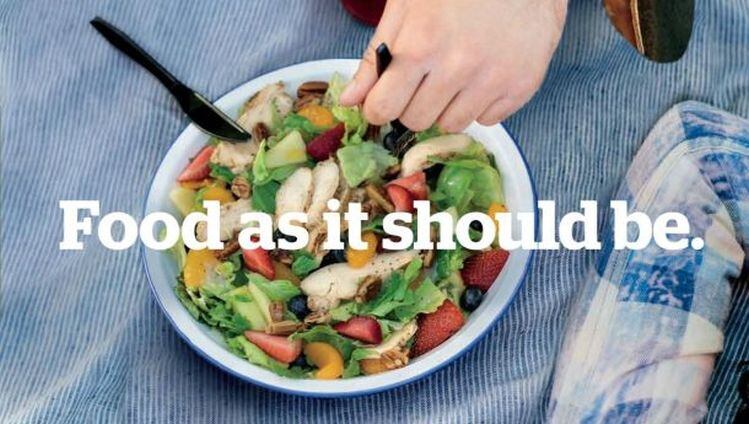
5. HEALTHY CONFUSION (and is saturated fat really back?)
In 2018, we predict a continued shift to a more holistic, ‘wellness’ focused approach based around high quality, nutrient dense, fresh, less processed foods, premium products, and pleasure (‘diet’ is a dirty word in food marketing now), coupled with a shift from a narrow focus on fat, sugar and calories, to a broader focus on organics, sustainability, and the absence of ‘artificial ingredients’ or GMOs (which many dietitians argue are not about nutrition at all).
When it comes to fat, however, expect continued debate over precisely which fats are actually good for you, particularly trending fats such as butter and coconut oil, which are high in saturated fat, traditionally seen as a nutritional bogeyman. We can also expect to see more ‘ketogenic’ products (high fat, low protein, low/zero carbs) and whole milk dairy products, as food marketers and consumers increasingly focus on sugar, but give fat – which is higher in calories - a pass.
From a regulatory perspective, meanwhile, comments in the FDA’s docket on ‘healthy’ nutrient content claims reveal significant disagreement between key stakeholders over how to define ‘healthy’ on food labels, with added sugar and saturated fat proving the biggest bones of contention, and heated debate over whether fruit juice deserves a ‘healthy’ label.
The American Heart Association, meanwhile, has made it clear that appealing though claims such as minimally processed, natural, non-GMO, or free of artificial ingredients might be to consumers, such factors should not be included in the legal criteria for 'healthy' claims on pack.
In other words, a clean label does not necessarily mean a healthy product, a point this publication has stressed more than a few times… Stay tuned to see how this debate evolves in 2018…

6. SUGAR UNDER FIRE
In the nutritional stakes, sugar will likely remain public enemy #1 in 2018, and formulators will continue to find ways to reduce or replace it, although close attention will be paid to the perceived naturalness of alternatives.
The plaintiff’s bar, meanwhile, has made it clear that sugar is on the food litigation radar. A recent lawsuit - filed by the same team of attorneys that has sued Kellogg, Post, and General Mills over sugar levels in their breakfast cereals – accuses Mondelez of targeting belVita products towards consumers interested in health and nutrition when they are in fact high in sugar – excessive amounts of which, they claim, are linked to everything from heart disease and type 2 diabetes, to cancers, cognitive decline and liver disease.
Coca-Cola, PepsiCo and Dr Pepper Snapple Group have also been targeted in putative class action lawsuits arguing that consumers might reasonably believe that zero-calorie sodas labeled as ‘diet’ “will assist in weight loss or management,” when in fact the opposite may be true.
While this argument is a stretch, according to some attorneys, the term 'diet' is becoming more problematic, while cases like this also create bad PR for high intensity sweeteners, which are also being impacted by some soda tax regulations (some of which don’t distinguish between beverages sweetened with sugar, and say, stevia).
Indeed, the beverages category (a key source of potentially ‘empty’ calories) is probably the most impacted by the current focus on sugar, which has driven sharp increases in sales of sparkling flavored waters, and prompted some soul searching in the juice category, with some players now seeking to include more fiber in juices, and others arguing that souping is the new juicing.
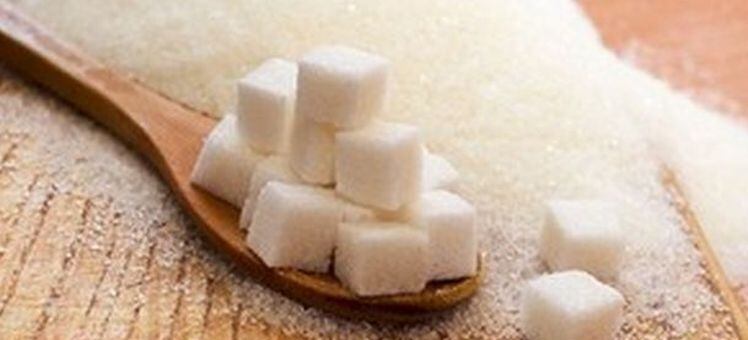
7. PROTEIN… STILL HOT?
While protein remains as popular as ever if new product launches are anything to go by, not everyone is convinced this is a trend (as opposed to a fad – given that most Americans are not short of protein), and it will be interesting to see if the craze continues to gain traction, or cools off in 2018.

8. FERMENTATION ON FIRE; PROBIOTICS HIT THE MAINSTREAM
One trend we expect to see flourish in 2018 is fermented foods and beverages, from kombucha, yogurt, kefir and sauerkraut, to tempeh, some pickles, kimchi and miso.
When it comes to claims, however, manufacturers should be wary of describing such wares as ‘packed with probiotics’ unless they know exactly what is in their products, say attorneys, who note that the WHO definition of probiotics is: “live microorganisms that when administered in adequate amounts, confer a health benefit on the host.”
If you want evidence that probiotics are hitting the mainstream, meanwhile, look no further than Kellogg’s latest product launch: Special K Nourish Berries and Peaches with Probiotics.
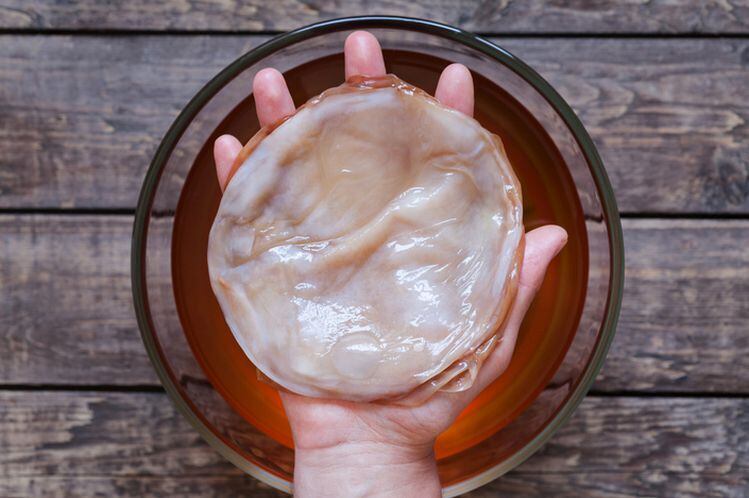
9. THE AMAZON EFFECT
Amazon’s $13.7bn acquisition of Whole Foods has prompted some serious soul searching among the nation’s biggest food retailers and manufacturers about how to capture a slice of the ecommerce pie. And while just a fraction of US food and beverage retail sales are generated online, stakeholders would be wise to remember that not all growth curves are linear, says Hartman Group, which says steady food ecommerce growth in the next 10 years could be followed by 10 years of truly explosive growth.
By the end of the 1950s, for example, the impact of the modern self-service supermarket was “still minimal,” says Hartman Group CEO Laurie Demeritt. A couple of decades later, and it had completely transformed the food retail landscape.
One thing we do know is that there is an increasing disconnect between the mainline retail ecosystem of thousands of large stores designed for extended 45-60-minute pantry stock-up trips, and the way many Americans are now shopping and meal planning (on the cuff), she says.
And should pantry shopping ultimately collapse in favor of just-in-time meal shopping, she observes, conventional supermarkets could “more or less vanish within 20 years, replaced by fresh specialists, continued club sales, and online sales.”
Bernstein is predicting equally big changes: “Future generations may wonder why we took an iron trolley through cold aisles, dropped heavy boxes of soap powder into them, lifted them on conveyor belts, and then lifted them into the trunk of our car, every week!
“Why should we buy tomatoes and dishwasher tablets at the same time? As the trend toward replenishment grocery develops, we see a disaggregation of ‘food and grocery shopping’ into ‘replenishment grocery" (internet-enabled) and ‘interactive food’ (delivered through a store experience).”
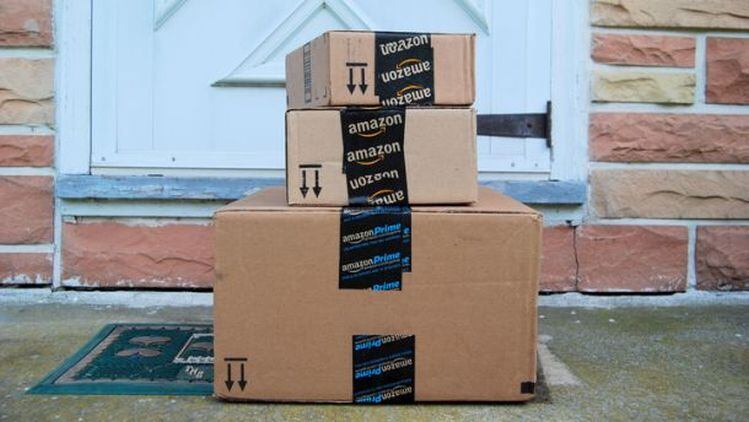
10. BIG FOOD IN A FUNK?
While the ‘big food has lost its way’ narrative has perhaps been overplayed (most big CPG brands are actively re-engineering their portfolios to tap into new growth areas, after all), some of the nation’s biggest brands have struggled to connect with the next generation of consumers, and the recent exodus from the GMA has prompted a lot of soul searching.
It’s also unlikely we’ll see another multi-billion-dollar brand such as Coke or Pepsi anytime soon as brands are increasingly “proliferating into specific niches,” says Andrew Henkel from SPINS, while product lifecycles are also getting shorter, with much of the growth in the category driven by new brands.
PepsiCo’s Seth Kaufman, in turn, says multinationals now recognize they need structures in place to manage a larger number of smaller brands, although he also points out that brands in categories that might once have been thought of as niche (eg. KeVita’s sparkling probiotic beverages and kombuchas) are proving surprisingly scalable.
But there is light at the end of the tunnel, according to ConAgra Brands’ CEO Sean Connolly, who told analysts on a recent earnings call that there has been a bit too much wailing and teeth gnashing of late:
“It’s not lost on us that the sentiment surrounding our industry is laced with a high level of pessimism, but it seems to me that the notion that the sky is falling is a bit too much? It’s our job to navigate change in a way that sustains our competitiveness, continues to mine new opportunities and create value…
“What our customers really want is to see our iconic brands get into the modern era, to see better food quality, to see modern food attributes, and to see margins grow again.”
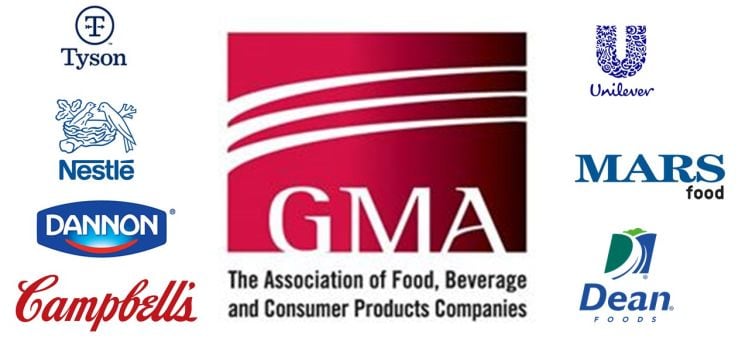

CLEAN LABEL AND FOOD MARKETING: Some industry stakeholders reckon it is high time marketers are challenged over claims that safe, legal and exhaustively tested food ingredients are 'bad stuff'; while others argue that big food companies are sending out mixed messages to consumers by defending some 'artificial' ingredients but making marketing capital out of excluding others.
The issue – which reared its head in early 2016 with a Chobani ad campaign directly attacking rivals Dannon and Yoplait over their ingredient choices – was replayed in 2017 with Arla’s controversial ‘Live Unprocessed’ campaign, in which rbSt was depicted as a scary monster.
While this kind of marketing is not usual these days, Arla had overstepped the mark, however, claimed US district court chief judge William C. Griesbach: “When the entire commercial is watched in context, it first creates the false impression that rbST is something foreign and dangerous, and then repeatedly emphasizes the notion that consumers should buy Arla cheese precisely because it comes from cows untreated with rbST and does not contain any ‘weird stuff.’ This is not puffery—this is a misleading claim.
"Arla's campaign also falsely states that rbST is an ingredient that is placed in other companies’ cheese [when it is in fact a legally approved growth hormone supplement fed to cows produced and sold by Elanco under the brand name Posilac]."
